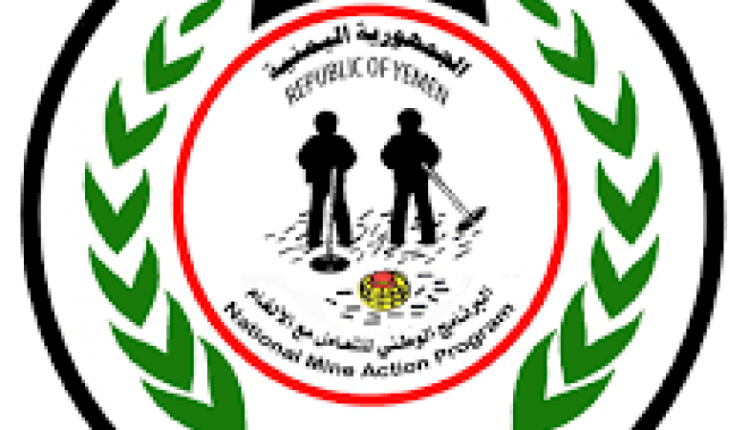Mine Action Center: In Four Months 180 Victims of Explosive Objects, UN Must Provide Help
The Executive Center for Mine Action revealed an increase in the number of casualties in areas contaminated with mines, cluster bombs and remnants of war as a result of the UN Development Program’s procrastination in providing marking requirements for areas contaminated with these remnants.
The center said that these delays multiplied the casualties, as one family was exposed, Wednesday, to an explosion that completely destroyed their car, in Al-Hodeidah Governorate, Kilo 16, as a result of the explosion of a mine remnants of war after entering a mined area.
It pointed out that the past four months, the center has been following up on the development program to provide supplies and means of marking dangerous areas to inform citizens of those areas, which will contribute to preventing them from entering mined areas and preventing casualties.
The Executive Center confirmed that during the past four months, there have been about 180 casualties, which could have been reduced, if the UN Development Program had responded to the center’s demands to provide marking supplies in contaminated areas.
Although the Executive Center for Mine Action in the capital, Sanaa, was able to destroy about 1.8 million cluster bombs from the remnants of the Saudi-Emirati aggression during the past years, the number of victims of these internationally prohibited bombs is rising on a daily basis, not only among civilians, but also among the many deminers who are constantly losing their lives.
In this context, official statistics indicate that this type of internaionally prohibtated bomb has killed and injured 3,810 civilians during the past years of the war, including women and children.
The Executive Center records on a daily basis the casualties, due to the large contamination of cluster bombs, and the failure to provide the requirements for marking areas contaminated with cluster bombs, and the remnants of war.
The US-Saudi aggression continues to target neighborhoods and populated areas and destroy the infrastructure of the country, in light of a suspicious international silence.
Saudi Arabia, backed by the United States and regional allies, launched the war on Yemen in March 2015, with the claim of bringing the government of former Yemeni president Abd Rabbuh Mansour Hadi back to power.
The war has left hundreds of thousands of Yemenis dead, and displaced millions more. It has also destroyed Yemen’s infrastructure and spread famine and infectious diseases there.
The victims of cluster bombs have reached more than 25,000 civilians since the beginning of the US-Saudi aggression on Yemen in 2015. The Director of the Executive Center for Mine Action, Brigadier General Ali Safra, pointed out on Saturday that the support and resources allocated to field clearance do not reach the level of 2% of what is required to be cleaned.
The director of the Executive Center for Mine Action Brigadier Ali Safra stated that Hodeidah, Al-Baidha’a, Marib, Al-Jawf, Nihm and Sa’ada are the most infested areas for mines and bombs, in which the aggression used the most deadly and latest military technology in our country.
He explained that the Center is continuing to work to clear areas contaminated and affected by the bombs and mines of the US-Saudi aggression, pointing out that mines and remnants – especially cluster bombs – have become a national issue and a societal problem that must be disposed.
It is noteworthy that the Executive Center for Mine Action announced the discovery of 544 mines and cluster bombs left over from the aggression during the first week of January 2022.

